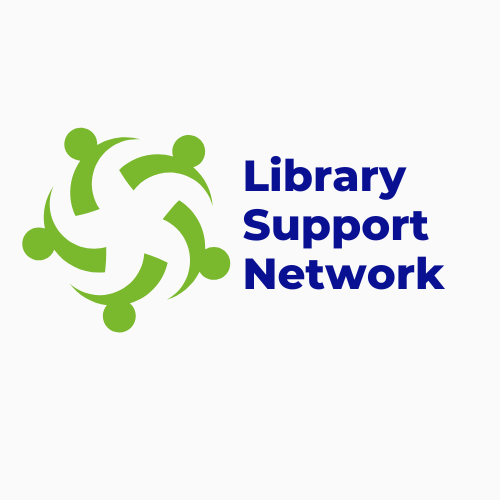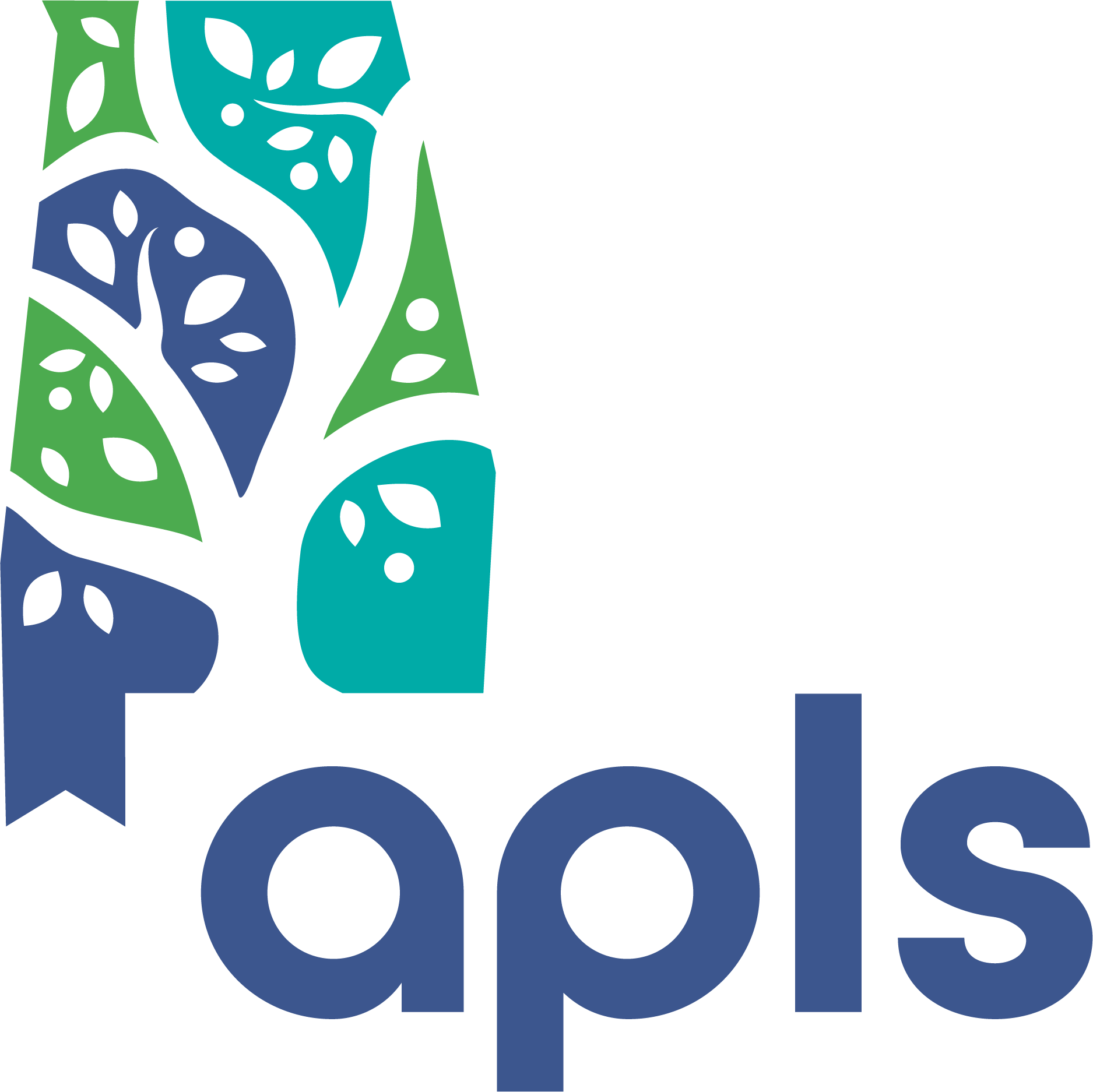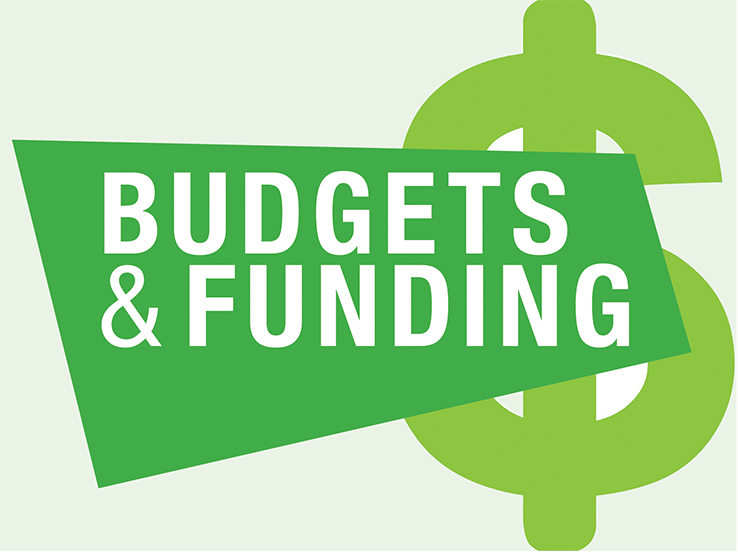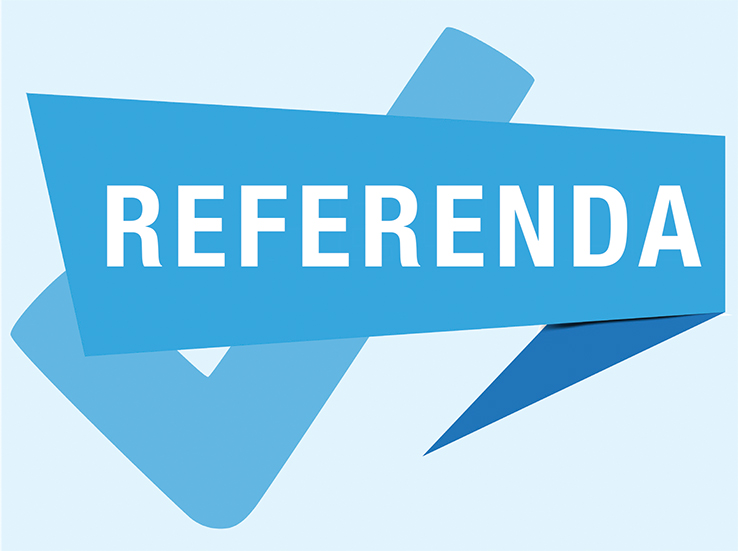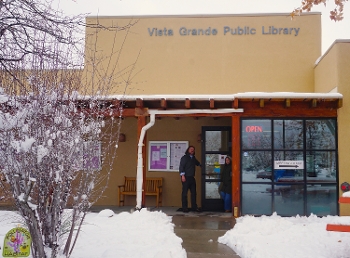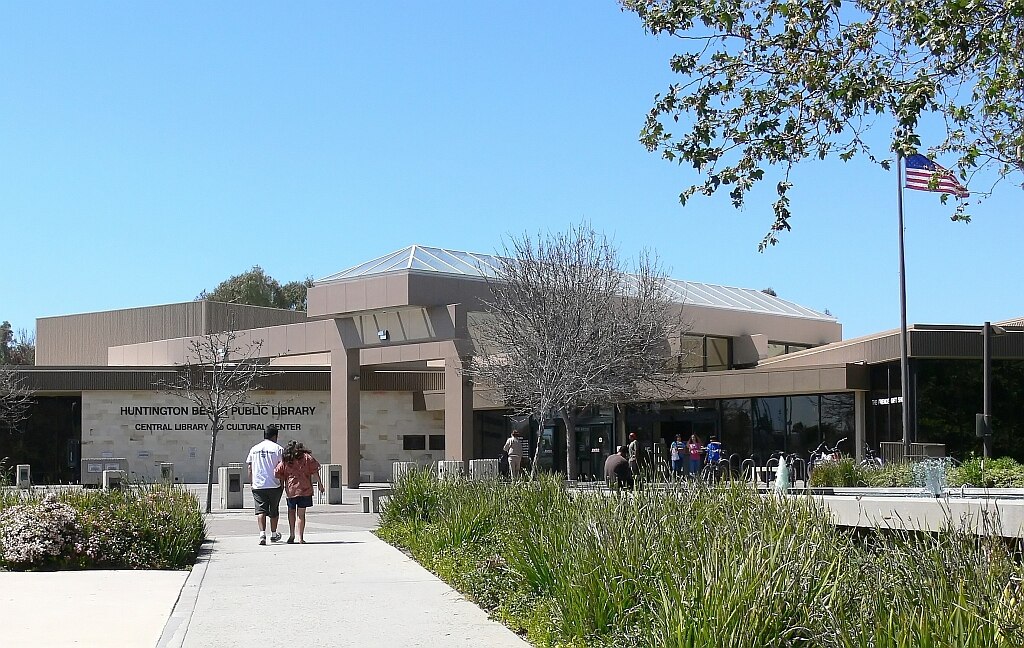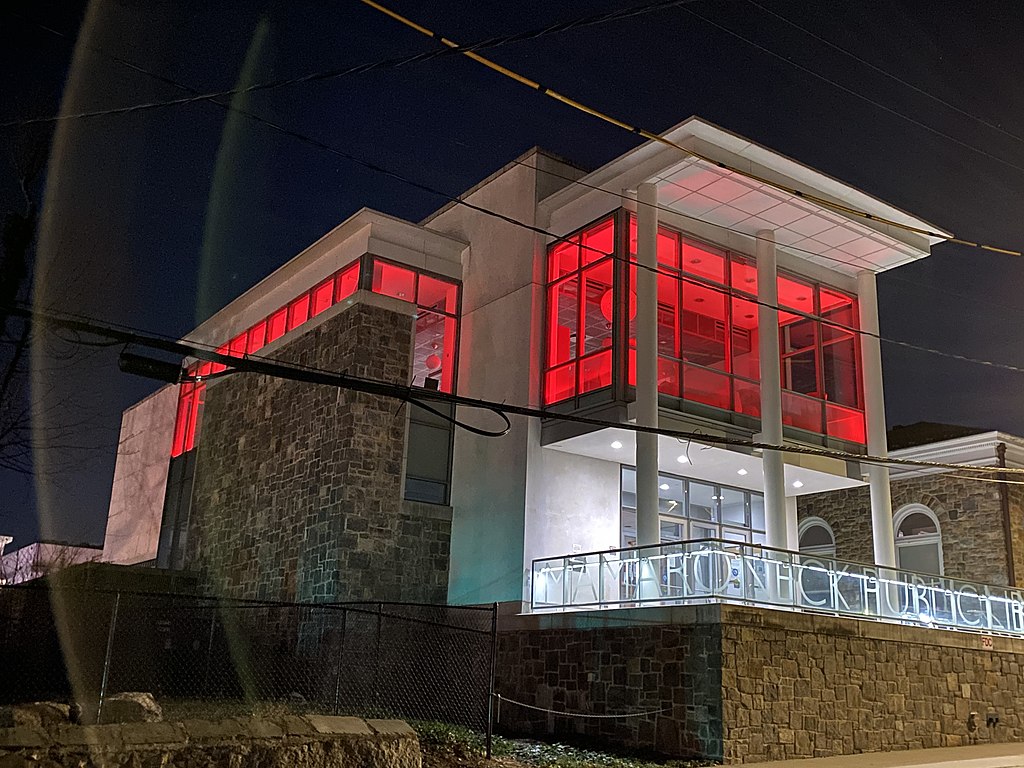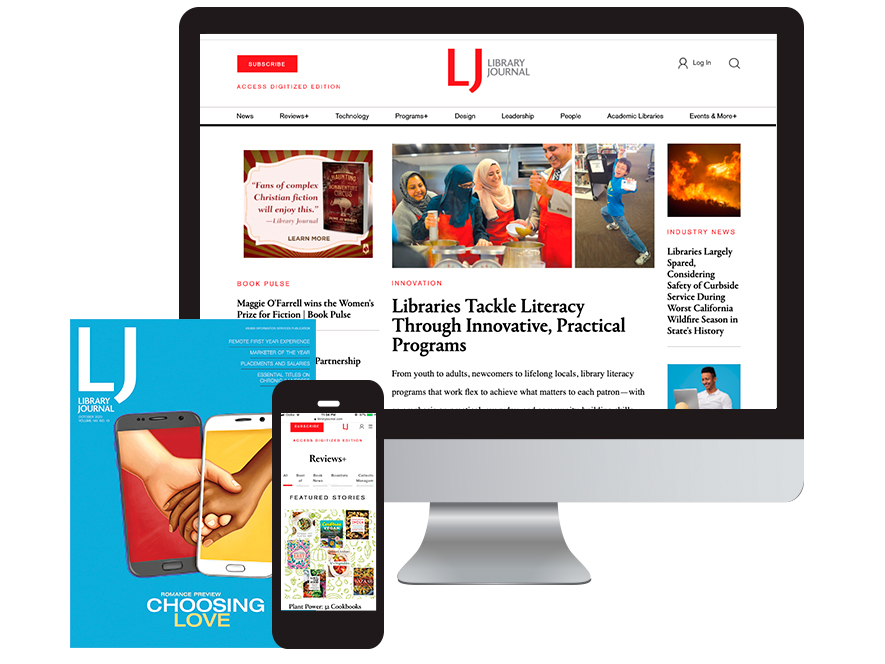Budgets & Funding
Library development deserves to be on par with university and hospital fundraising. Yet many libraries find this work difficult, and few resources exist in the sector to support the professional development needed to be successful. But this is starting to change thanks to the Library Support Network.
On January 30, in response to pressure from Gov. Kay Ivey, the Alabama Public Library Service—the agency that advises and administers funds to the state’s 220 public libraries—announced its official decision not to renew its membership with the American Library Association (ALA). But advocates are urged to look beyond the controversy over ALA to the larger issues in play, notably the growing influence that the state’s elected officials have on library freedoms.
Budgets grew across all areas in 2023, and while it’s too early to predict what those gains bode, the upward trend is largely encouraging.
Most library measures passed in 2023, but the year also saw confusingly worded ballots and little new funding.
The Rural Libraries Endowment, establishedin 2019, has received a substantial boost that is proving to be instrumental in addressing the needs of many rural communities across New Mexico. Originally funded at $1 million, the fund now stands at $28 million, with the addition of $27 million added over four years.
On December 6, Urban Librarians Unite (ULU) announced a $1 million general operating grant from the Andrew W. Mellon Foundation. The four-year grant, made through Mellon’s Public Knowledge program, is the largest ever received by ULU and will allow the grassroots library advocacy organization to expand operations, find other sustainable funding sources, and employ staff.
In the Southern California community of Huntington Beach, days before sharp budget cuts to the Huntington Beach Public Library (HBPL) were proposed—and then walked back—battle lines were drawn over a proposal to screen public library materials for what some deem sexually explicit or age-inappropriate content, and possibly limit access to those materials. The challenge, however, did not originate with an anonymous patron or member of a right-wing group, but with the city’s Mayor Pro Tem Gracey Van Der Mark.
The Mamaroneck Public Library, NY, has been hit with a budget shortfall of an estimated $1.4 million, Director Jennifer O’Neill told LJ. For years, the library has used cash reserves to balance its annual spending plans. But in January, the monthly report submitted by MPL’s longtime business manager unexpectedly showed almost no money in that fund to draw on.
Can libraries afford open access? LJ’s latest Periodicals Price Survey examines the state of the market.
ALREADY A SUBSCRIBER? LOG IN
We are currently offering this content for free. Sign up now to activate your personal profile, where you can save articles for future viewing
